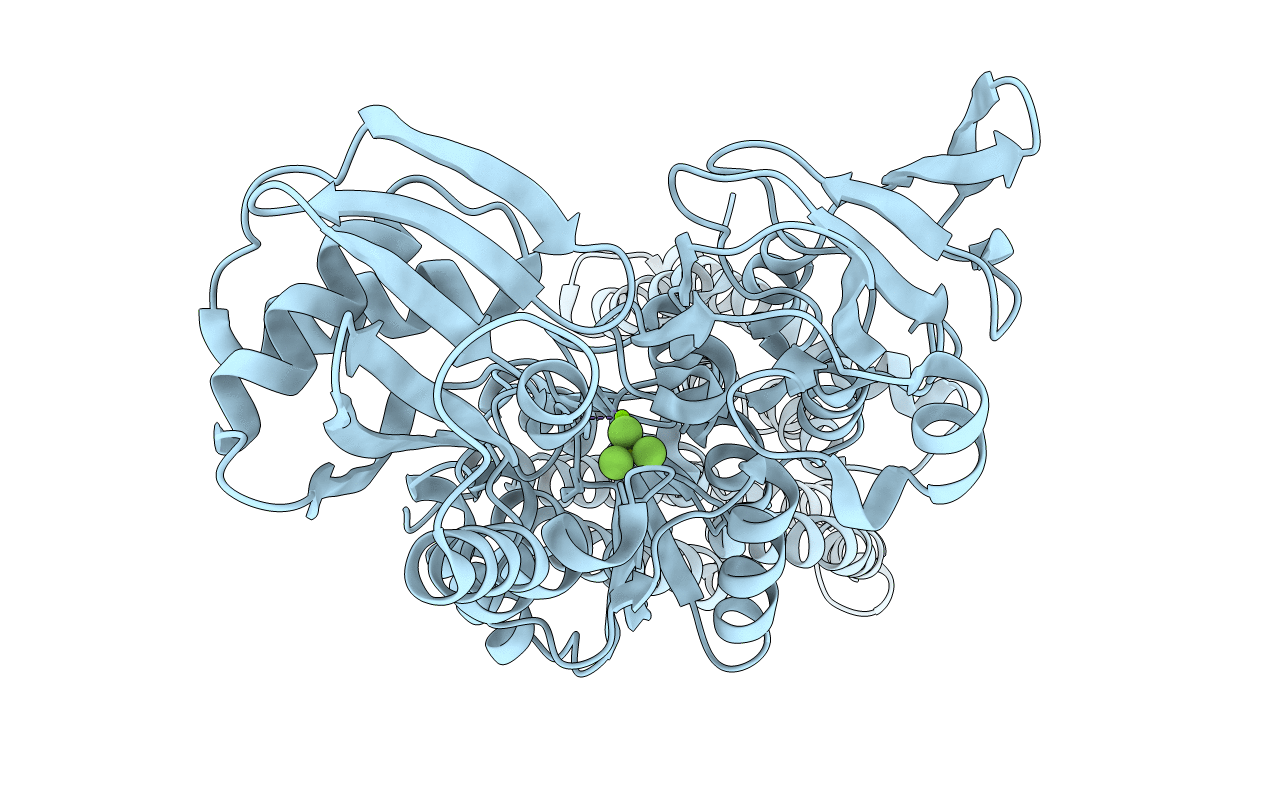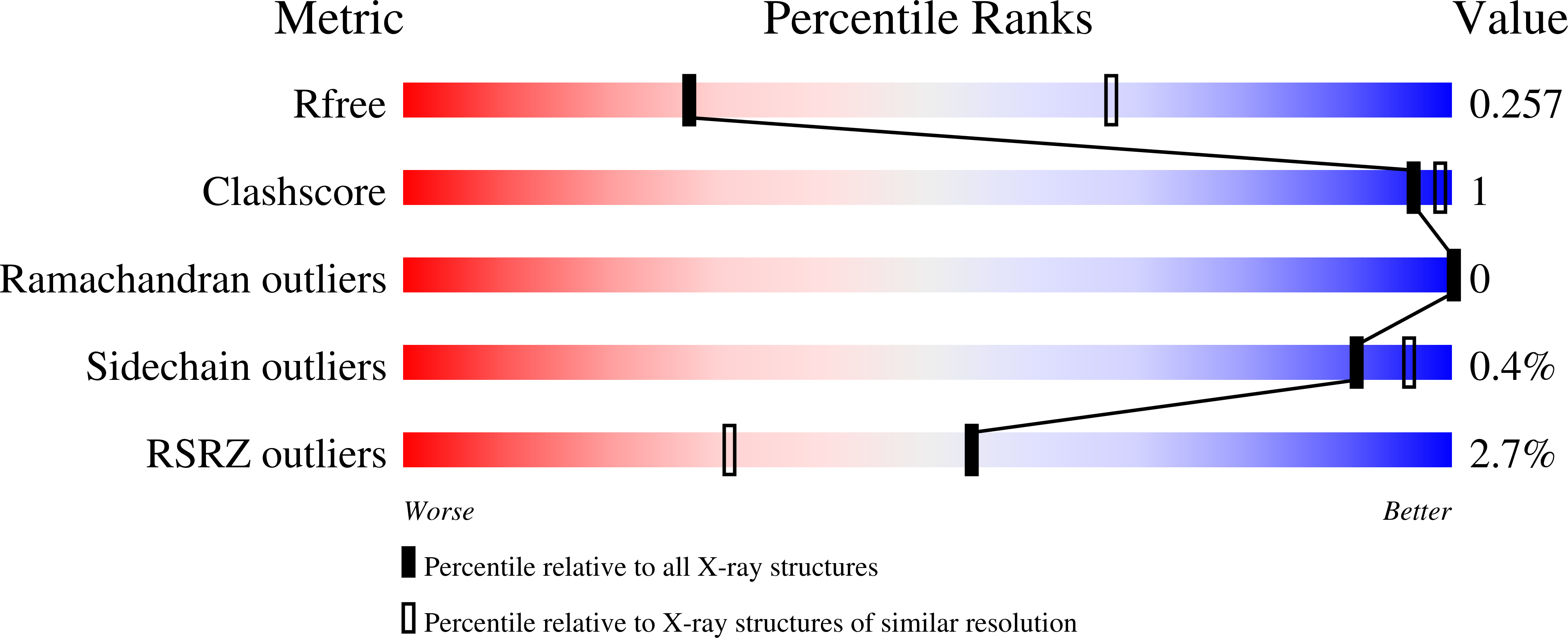
Deposition Date
2021-11-21
Release Date
2022-03-23
Last Version Date
2024-01-31
Entry Detail
PDB ID:
7QC0
Keywords:
Title:
Crystal structure of Cadmium translocating P-type ATPase
Biological Source:
Source Organism:
Sulfitobacter sp. (strain NAS-14.1) (Taxon ID: 314267)
Host Organism:
Method Details:
Experimental Method:
Resolution:
3.11 Å
R-Value Free:
0.26
R-Value Work:
0.24
R-Value Observed:
0.24
Space Group:
P 21 21 2


